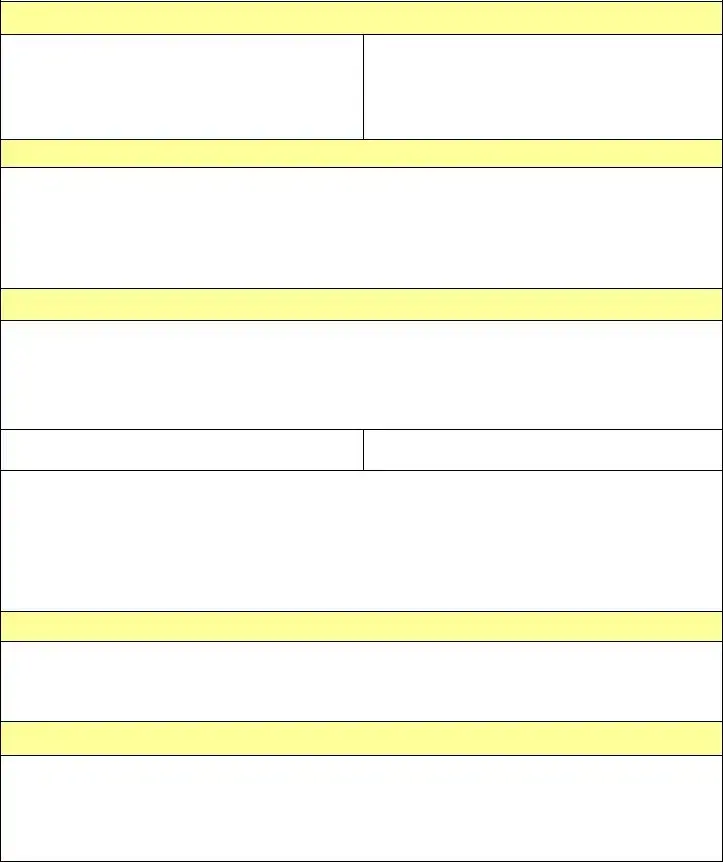The Minnesota Lg214 form, which is primarily used for reporting purposes within a specified context in Minnesota, shares similarities with various other documents in terms of structure, usage, and objectives. One such document is the IRS Form 990, which is used by nonprofit organizations for annual reporting. Both forms serve as official documents for reporting the financial activities of an organization within a given fiscal year. They are crucial for maintaining transparency and ensuring compliance with state or federal regulations, requiring detailed financial information and adherence to specific reporting standards.
Another related document is the Uniform Commercial Code (UCC) filing form. Similar to the Minnesota Lg214, the UCC form is used to document financial transactions, especially those involving personal property as collateral. While the Lg214 form might be specific to certain types of organizations or activities, both forms serve the purpose of documenting and publicizing important financial information, helping to protect the interests of involved parties and ensuring a degree of public record-keeping.
The Business License Application forms, used across various states, also share a resemblance with the Minnesota Lg214 form. These forms are typically required for businesses to operate legally within a city or state. Like the Lg214, these applications require detailed information about the business, its owners, and its operations. Both types of forms are integral to the regulatory framework within which businesses and organizations operate, ensuring adherence to local laws and regulations.
Annual Reports filed with the Secretary of State for corporations are yet another example. These reports, much like the Lg214, demand comprehensive details about an organization’s activities, financial status, and changes in structure or management. Both documents are vital for the ongoing regulation and oversight of entities, assisting in the transparency and accountability of corporations to the public and to regulatory bodies.
The Grant Application forms, used by entities to apply for funding, also parallel the Minnesota Lg214 form in several respects. Both types of documents require the submitting party to provide detailed information about their organization's purposes, financial needs, and how funds will be used. They play crucial roles in the process of review and approval, ultimately determining whether an organization qualifies for the request being made.
Employment Eligibility Verification Form I-9 is another document with similarities to the Minnesota Lg214 form. Although the I-9 primarily serves to verify the identity and legal authorization to work of employees in the United States, both this form and the Lg214 require verification and documentation for compliance purposes. They are tools used by entities to ensure their operations meet specific legal standards and regulations.
Lastly, the Occupational Safety and Health Administration (OSHA) forms, used for reporting workplace injuries and illnesses, also share characteristics with the Minnesota Lg214. Both are regulatory documents designed to collect specific types of information for the purpose of compliance and oversight. While their focuses are different, with OSHA forms concentrating on workplace safety and the Lg214 on financial activities, both types of documents are critical to maintaining the welfare and integrity of their respective domains.

